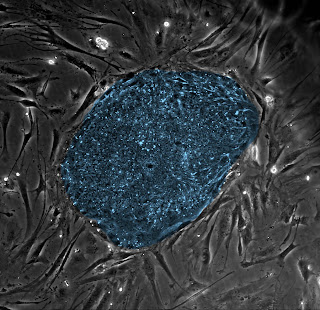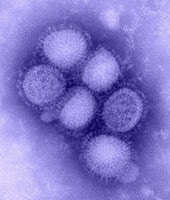
We've moved! Visit us at www.scienceinseconds.com
Stem cells are amazing. They may be controversial, but there is no denying their potential in modern medicine. Even with the US ban on embryonic stem cell research, the breakthroughs have been steady. This is because the other, socially acceptable sources of stem cells - bone marrow and umbilical cord blood - have given researchers plenty of hope for future therapies.
One example is a new finding out of the University of Alberta, which showed that stem cells can help rescue the lungs of premature infant mice. They used adult bone marrow to derive the stem cells, then injected them into the lungs of the baby mice. The mice that had received injections were healthier, lived longer, and showed less damage in their lung tissue.
This technique could make it to clinical trials in humans in the next few years, and potentially eliminate chronic lung disease in prematurely born children. The researchers may also try cord blood-derived stem cells as they may be a better option for human infants.
In fact, cord blood stem cells are now being used to treat over 40 diseases in children, including sickle-cell anemia, cancers like leukemia and lymphoma, and metabolic disorders like Hunter syndrome. This, along with the potential for cord blood stem cells to treat heart disease, stroke, and arthritis in the individual and their family members, is making the harvesting of cord blood a common sense practice.
The future of stem cells truly is...omnipotent.
~Rheanna Sand















